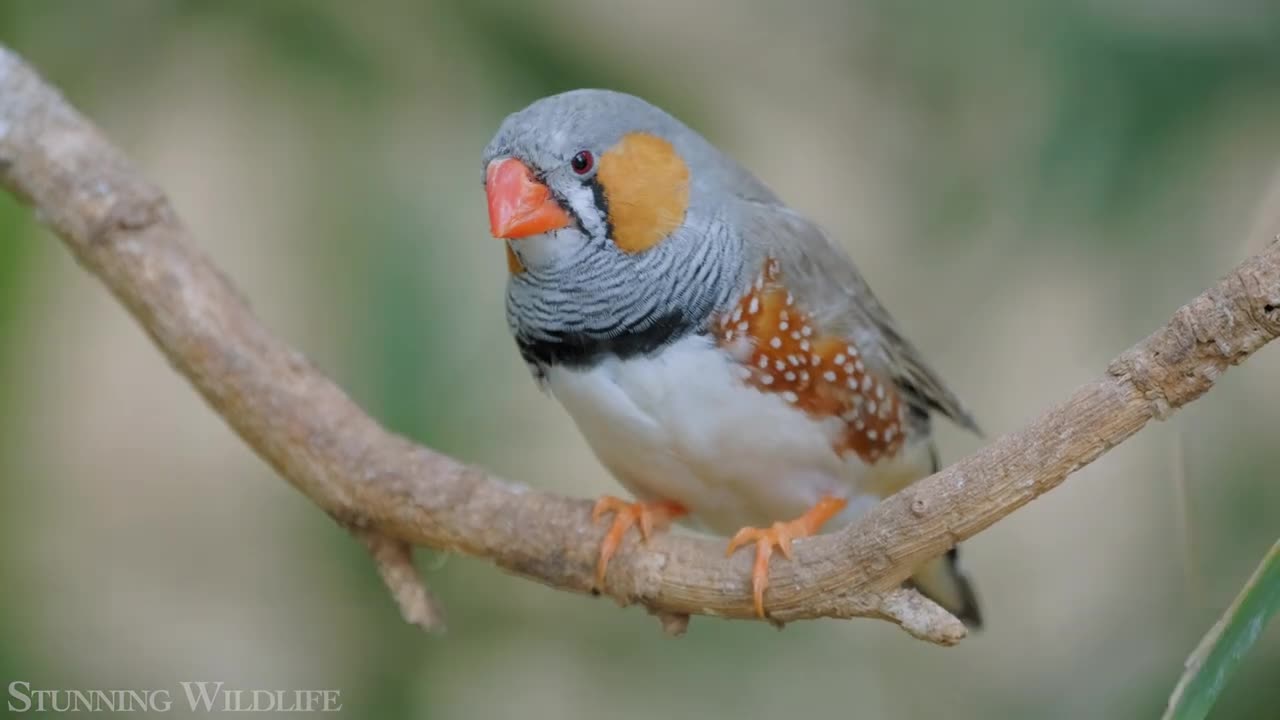Premium Only Content

The beautifull bird
LOGIN
SUBSCRIBE
ANIMALS
BIRD PICTURES & FACTS
FEATURED
Partridges
ANIMALS
PHOTO ARK
Partridges
LEARN MORE
Barn owl
ANIMALS
PHOTO ARK
Barn owl
LEARN MORE
Secretary birds
ANIMALS
PHOTO ARK
Secretary birds
LEARN MORE
Shoebill
ANIMALS
PHOTO ARK
Shoebill
LEARN MORE
Horned screamer
ANIMALS
PHOTO ARK
Horned screamer
LEARN MORE
About Birds
Birds are vertebrate animals adapted for flight.
Many can also run, jump, swim, and dive. Some, like penguins, have lost the ability to fly but retained their wings. Birds are found worldwide and in all habitats. The largest is the nine-foot-tall ostrich. The smallest is the two-inch-long bee hummingbird.
Everything about the anatomy of a bird reflects its ability to fly. The wings, for example, are shaped to create lift. The leading edge is thicker than the back edge, and they are covered in feathers that narrow to a point. Airplane wings are modeled after bird wings.
The bones and muscles of the wing are also highly specialized. The main bone, the humerus, which is similar to the upper arm of a mammal, is hollow instead of solid. It also connects to the bird’s air sac system, which, in turn, connects to its lungs. The powerful flight muscles of the shoulder attach to the keel, a special ridge of bone that runs down the center of the wide sternum, or breastbone. The tail feathers are used for steering.
Birds have a unique digestive system that allows them to eat when they can—usually on the fly—and digest later. They use their beaks to grab and swallow food. Even the way a bird reproduces is related to flight. Instead of carrying the extra weight of developing young inside their bodies, they lay eggs and incubate them in a nest.
The fossil record shows that birds evolved alongside the dinosaurs during the Jurassic period 160 million years ago. The best known fossil is archaeopteryx, which was about the size of a crow.
-
 LIVE
LIVE
Vigilant News Network
9 hours agoBill Gates’ New Bioterror Project Exposed | Media Blackout
1,480 watching -
 7:56:34
7:56:34
Barry Cunningham
1 day agoWATCH LIVE: TRUMP INAUGURATION MAKE AMERICA GREAT AGAIN VICTORY RALLY - 1 DAY TO GO!!
57.7K50 -
 8:36
8:36
China Uncensored
11 hours agoIs China’s EV Industry Collapsing?
190K117 -
 4:17:00
4:17:00
Tundra Tactical
1 day ago $5.36 earnedSHOT SHOW 2025!!!!!! Whats Are We Looking Forward To Most
257K30 -
 22:53
22:53
Film Threat
1 day agoA TRIBUTE TO VISIONARY DIRECTOR DAVID LYNCH | Film Threat News
109K9 -
 20:30
20:30
Exploring With Nug
1 day ago $2.65 earnedMissing Father of 2 FOUND Underwater In Shallow Pond!
83.4K14 -
 19:19
19:19
This Bahamian Gyal
1 day agoThe View PRAISES Michelle Obama for DITCHING TRUMP inauguration, "when they go LOW, go even LOWER"
68.1K76 -
 14:25
14:25
Degenerate Jay
1 day ago $8.92 earnedThe Flash Movie Failed Because People Hate The Character? Sure.
154K23 -
 28:30
28:30
CharLee Simons Presents Do Not Talk
6 days agoSam Anthony from YourNews.com (with host CharLee Simons)
95.5K4 -
 52:34
52:34
PMG
1 day ago $1.03 earnedHannah Faulkner and Steve Friend | EXPOSE THE FBI CORRUPTION - KASH PATEL
70.2K9